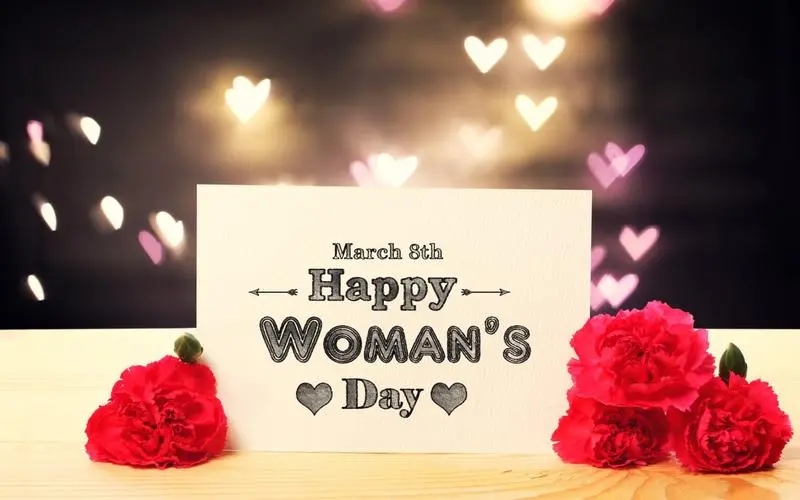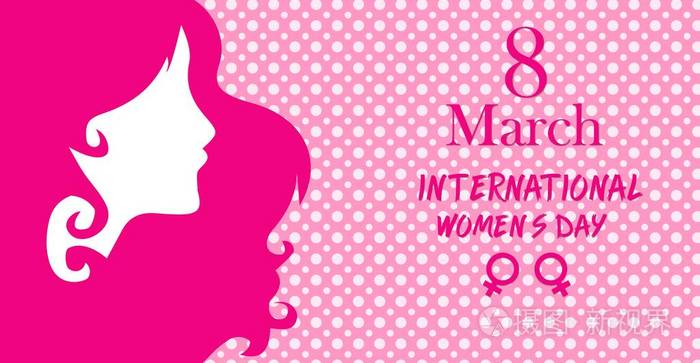
Email: ivyli@aoerdeng2005.com

Telephone: +86-757-23374288 / 23374298 / 23398811 / 28976411


International Women’s Day is celebrated in many countries around the world. It is a day when women are recognized for their achievements without regard to divisions, whether national, ethnic, linguistic, cultural, economic or political. It is an occasion for looking back on past struggles and accomplishments, and more importantly, for looking ahead to the untapped potential and opportunities that await future generations of women.
In 1975, during International Women's Year, the United Nations began celebrating International Women’s Day on 8 March. Two years later, in December 1977, the General Assembly adopted a resolution proclaiming a United Nations Day for Women's Rights and International Peace to be observed on any day of the year by Member States, in accordance with their historical and national traditions. In adopting its resolution, the General Assembly recognized the role of women in peace efforts and development and urged an end to discrimination and an increase of support for women’s full and equal participation.

History
International Women’s Day first emerged from the activities of labour movements at the turn of the twentieth century in North America and across Europe.
1909: The first National Woman's Day was observed in the United States on 28 February. The Socialist Party of America designated this day in honour of the 1908 garment workers’ strike in New York, where women protested against working conditions.
1910: The Socialist International, meeting in Copenhagen, established a Women's Day, international in character, to honour the movement for women's rights and to build support for achieving universal suffrage for women. The proposal was greeted with unanimous approval by the conference of over 100 women from 17 countries, which included the first three women elected to the Finnish Parliament. No fixed date was selected for the observance.
1911: As a result of the Copenhagen initiative, International Women's Day was marked for the first time (19 March) in Austria, Denmark, Germany and Switzerland, where more than one million women and men attended rallies. In addition to the right to vote and to hold public office, they demanded women’s rights to work, to vocational training and to an end to discrimination on the job.
1913-1914: International Women's Day also became a mechanism for protesting World War I. As part of the peace movement, Russian women observed their first International Women’s Day on the last Sunday in February. Elsewhere in Europe, on or around 8 March of the following year, women held rallies either to protest the war or to express solidarity with other activists.
1917: Against the backdrop of the war, women in Russia again chose to protest and strike for ‘Bread and Peace’ on the last Sunday in February (which fell on 8 March on the Gregorian calendar). Four days later, the Czar abdicated and the provisional Government granted women the right to vote.
Since those early years, International Women's Day has assumed a new global dimension for women in developed and developing countries alike. The growing international women's movement, which has been strengthened by four global United Nations women's conferences, has helped make the commemoration a rallying point to build support for women's rights and participation in the political and economic arenas. Increasingly, International Women's Day is a time to reflect on progress made, to call for change and to celebrate acts of courage and determination by ordinary women who have played an extraordinary role in the history of their countries and communities.
The United Nations and Gender Equality
The Charter of the United Nations, signed in 1945, was the first international agreement to affirm the principle of equality between women and men. Since then, the UN has helped create a historic legacy of internationally-agreed strategies, standards, programmes and goals to advance the status of women worldwide.
Over the years, the UN and its technical agencies have promoted the participation of women as equal partners with men in achieving sustainable development, peace, security, and full respect for human rights. The empowerment of women continues to be a central feature of the UN’s efforts to address social, economic and political challenges across the globe.
国际劳动妇女节 (International Working Women's Day) 又称“联合国妇女权益和国际和平日”(U.N. Day for Women's Rights and International Peace)或“三八”妇女节,是全世界劳动妇女团结战斗的光辉节日。在这一天,世界各大洲的妇女,不分国籍、种族、语言、文化、经济和政治的差异,共同关注妇女的人权。近几十年来,联合国的四次全球性会议加强了国际妇女运动,随着国际妇女运动的成长,妇女节取得了全球性的意义。这些进展使国际妇女节成为团结一致、协调努力要求归还妇女权利和妇女参与政治、经济和社会生活的权利的日子。
妇女节是国际妇女斗争的纪念日。1909年3月8日,美国芝加哥女工团要求男女平等权利而举行*,次年8月在丹麦哥本哈根召开的国际第二次社会主义者妇女大会上决定,为了促进国际劳动妇女的团结和解放,以每年3月8日为妇女节。也叫国际妇女节。
Keywords: Beldon Student Mattress Beldon Hot Sale Mattress Foshan Shunde Aoerdeng Furniture




